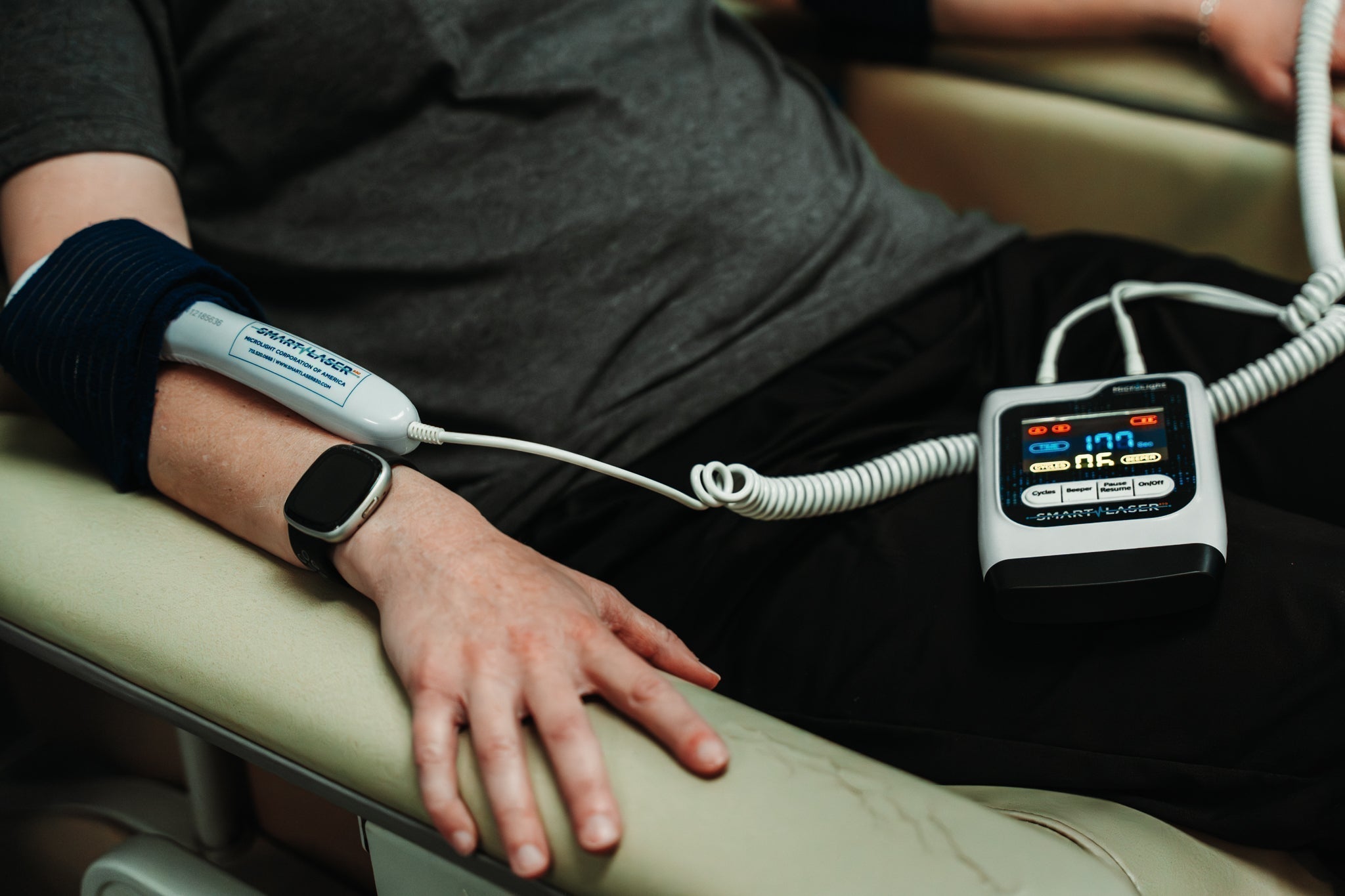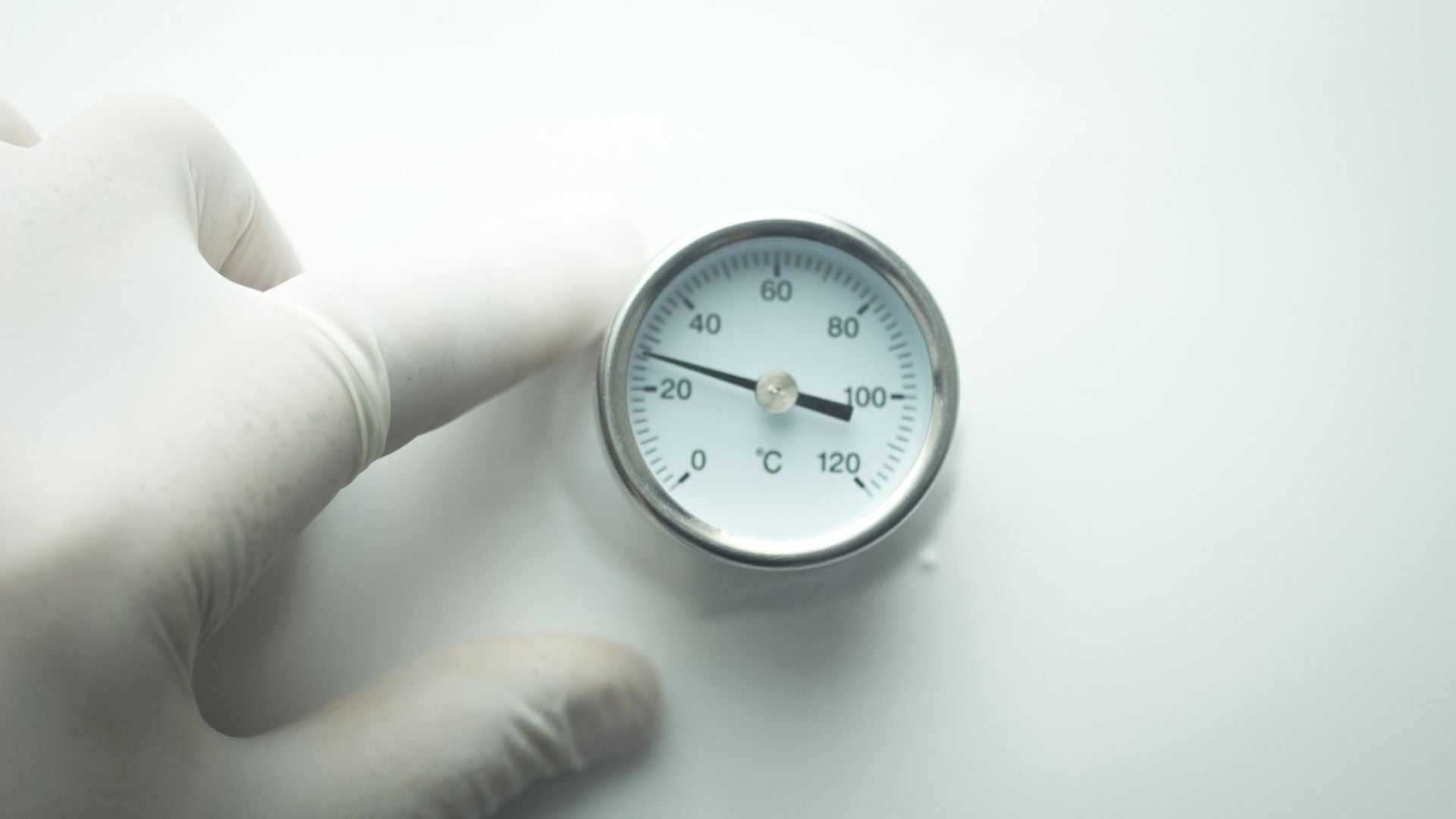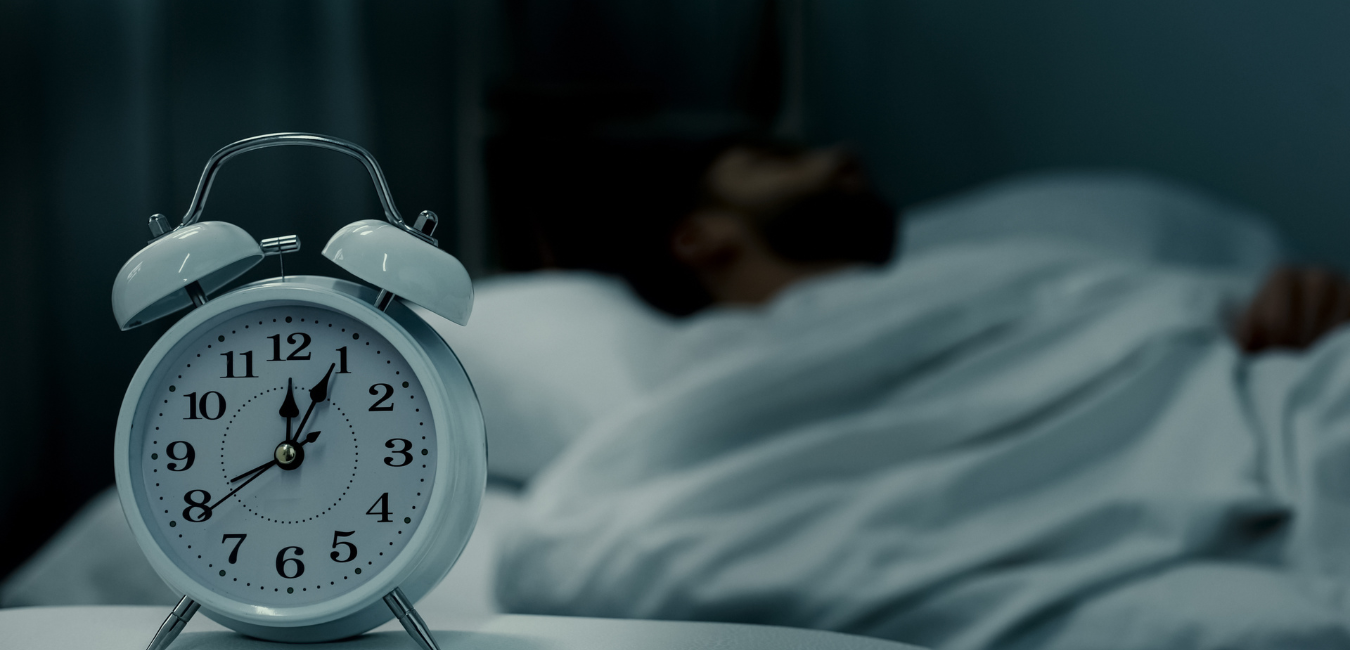Guest Blog by: Todd E. Riddle, DC, CCSP, RKT, CSCS
The running joke amongst therapists and rehab professionals (no pun intended) is that the best home exercise to prescribe a patient is the one you can actually get them to do. It’s mostly a forgone conclusion that home exercise programs aren’t followed well or at all..in fact, more often than not, patients do not do them against the recommendation of their practitioner. Unfortunately, the joke is on US–the rehab professional prescribing the exercise. Poor compliance leads to poor outcomes and patient dissatisfaction. And further, if your compensation is tied to patient outcomes and satisfaction, then you are likely going to feel it in your wallet.
This is a problem, a big problem. A recent study found that only 35% of patient demonstrated high levels of compliance. While 50% demonstrated low/no compliance.(1) So, half the time you send someone home with exercises, they are doing them. I think the big question that should be answered is who’s fault is it? Unfortunately, probably yours.
Patients that fall in that 50% and higher range usually present with barriers to treatment compliance. (2)
Some of the following are barriers that can and should be addressed by the professional:
- Low level of physical activity currently
- Low-self efficacy
- Depression
- Anxiety
- Helplessness
- Poor social support
- Pain during exercise
- Poor program organization
- Poor patient education
Looking carefully at the list above, you should be quick to recognize that most of the barriers for adherence have little to do with physical limitations. Most of them are wrapped tightly in beliefs and behaviors.
Discovering early on that a patient has deeply ingrained beliefs about their own ability to exercise or perform activities of daily living and that it might hurt them presents the professional with the opportunity to address that early and often.
A recent editorial in BJSM laid out some recommendations for managing this problem. (3) Perhaps a bit heavy on the psychosocial and a bit light on the “bio”, but increased awareness of the mental side of our care is warranted. It’s a good article and worth reading to get a better understanding.
They proposed the following 5 action steps.
- Screen for biopsychosocial factors and health co-morbidities
- Embrace patient-centered communication
- Education beyond words using active learning approaches
- Coach towards self-management
- Address co-morbid health factors
What it comes down to is that as practitioners, we all need to be reminded to stop treating just the condition and start treating the patient. The whole patient. This may be an overly simplistic view, but I think you’ll get the point. The best exercise for most patients is the one they believe they can do, or need help from you believing they can and should. And maybe we could organize the exercises a bit better as well.
References
- Argent, Rob, Ailish Daly, and Brian Caulfield. “Patient involvement with home-based exercise programs: can connected health interventions influence adherence?.” JMIR mHealth and uHealth 6.3 (2018): e47.
- Jack, Kirsten, et al. “Barriers to treatment adherence in physiotherapy outpatient clinics: a systematic review.” Manual therapy 15.3 (2010): 220-228.
- Caneiro, J. P., et al. “It is time to move beyond ‘body region silos’ to manage musculoskeletal pain: five actions to change clinical practice.” (2019).






Share:
FAKTR PNE: A Sneak Peek at our Newest Course Offering
You Aren't Breaking up Scar Tissue with IASTM...This is What is Really Happening